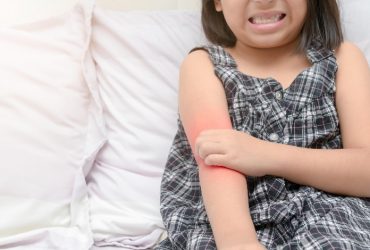Significant increase seen in prepandemic EMS encounters, followed by immediate, significant increase with pandemic interruption
Most hospitals with pediatric inpatient psychiatric beds were urban, representing 91.3 percent of bed capacity
In addition, increases in externalizing behaviors at age 12 years predict future maltreatment exposure
Comanagement in pediatric observation unit results in reduced ED length of stay and inpatient psychiatric admission
Visit rates higher than expected for females and for specific mental health conditions during 2022
Higher levels of pandemic screen time in 2020 returned to prepandemic levels
However, finding limited to children with neurodevelopmental comorbidities, like ADHD or learning disabilities
11.63 percent of youth aged 5 to 24 years had mental disorders; 1.22 percent had substance use disorders in 2019
Significantly higher adjusted risks seen for affective disorders across three years after injury
Improvements seen in parental, pediatric, and family psychosocial outcomes; more efficient for parents of children aged 10 years or younger











